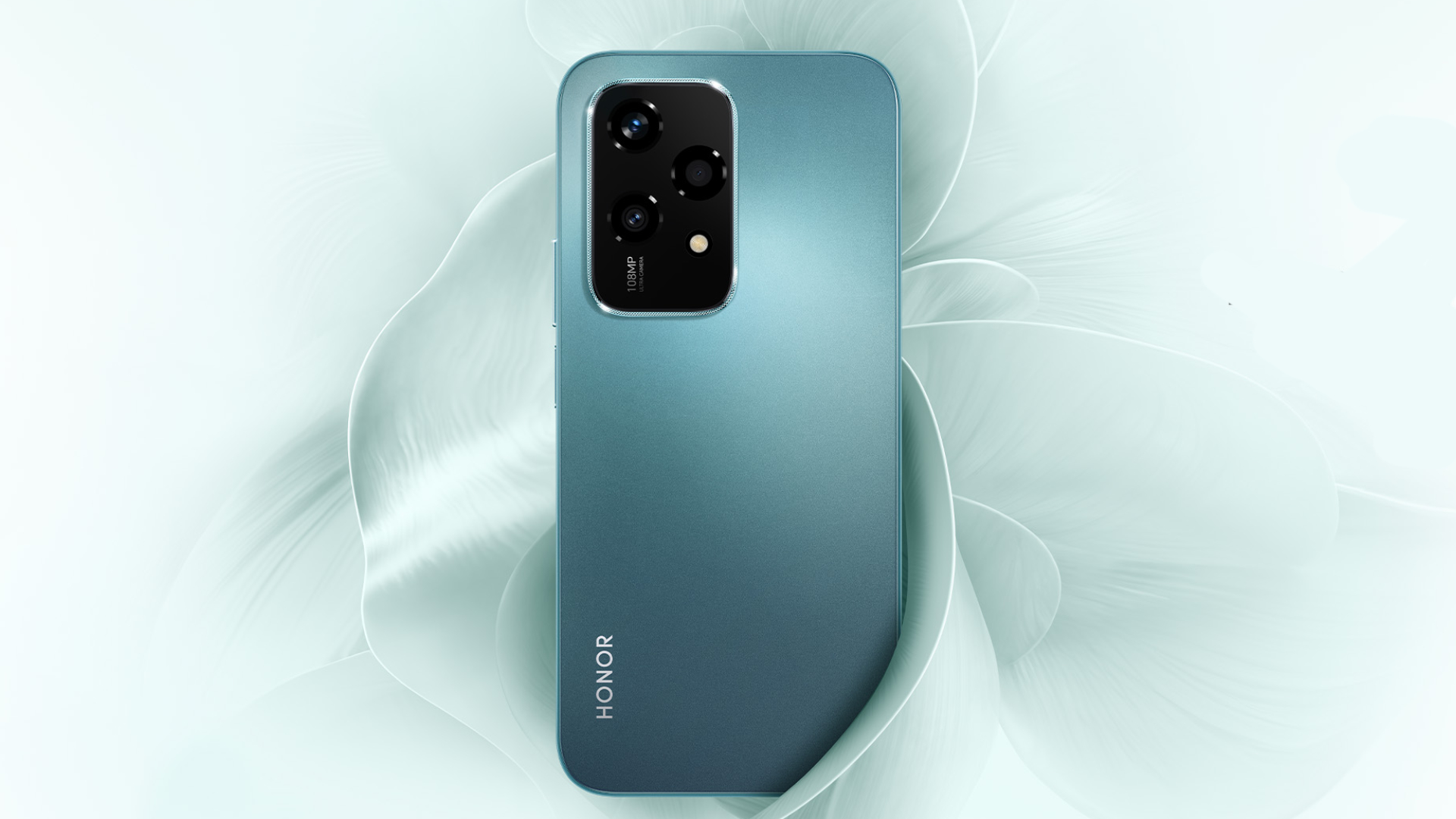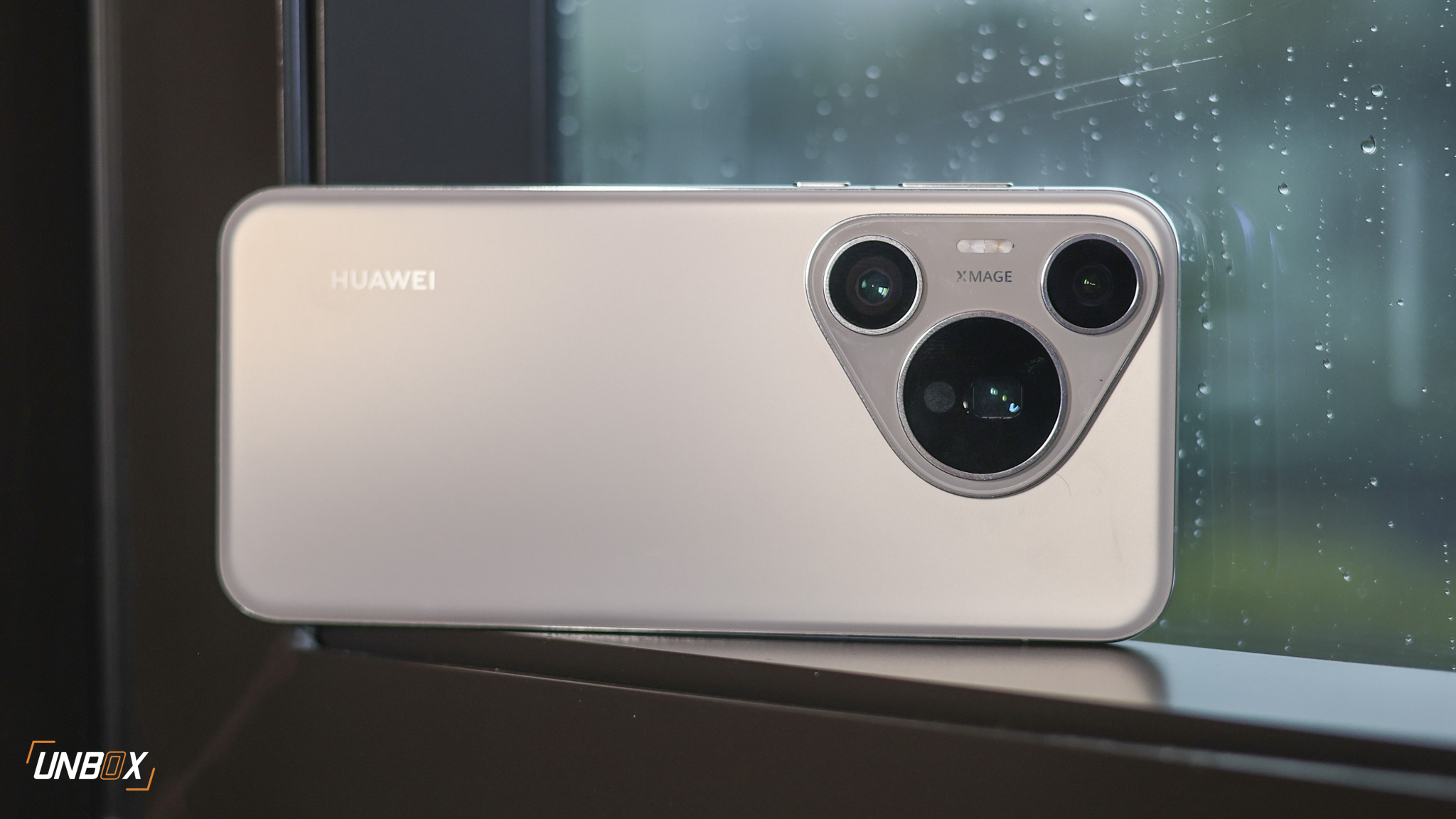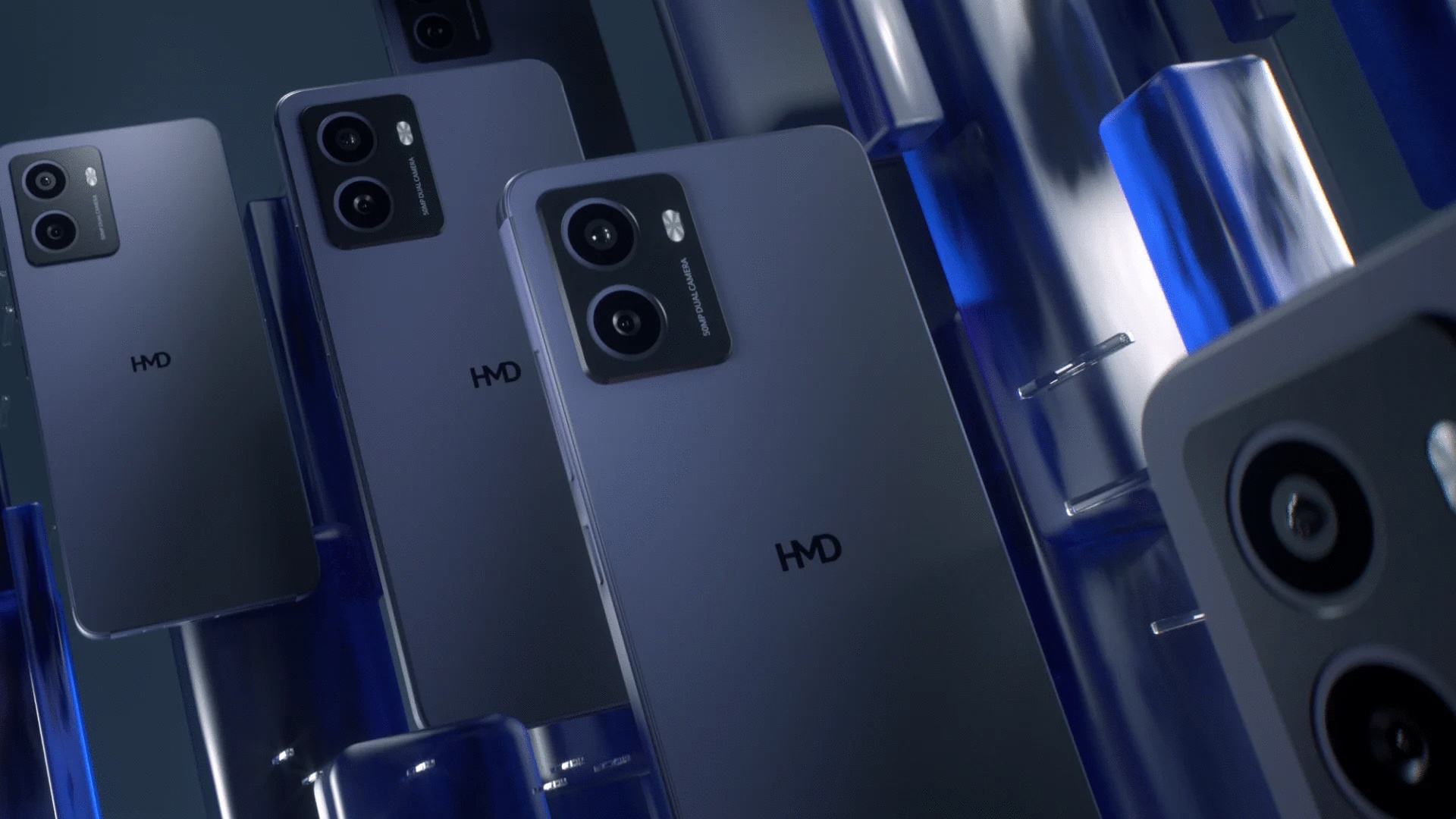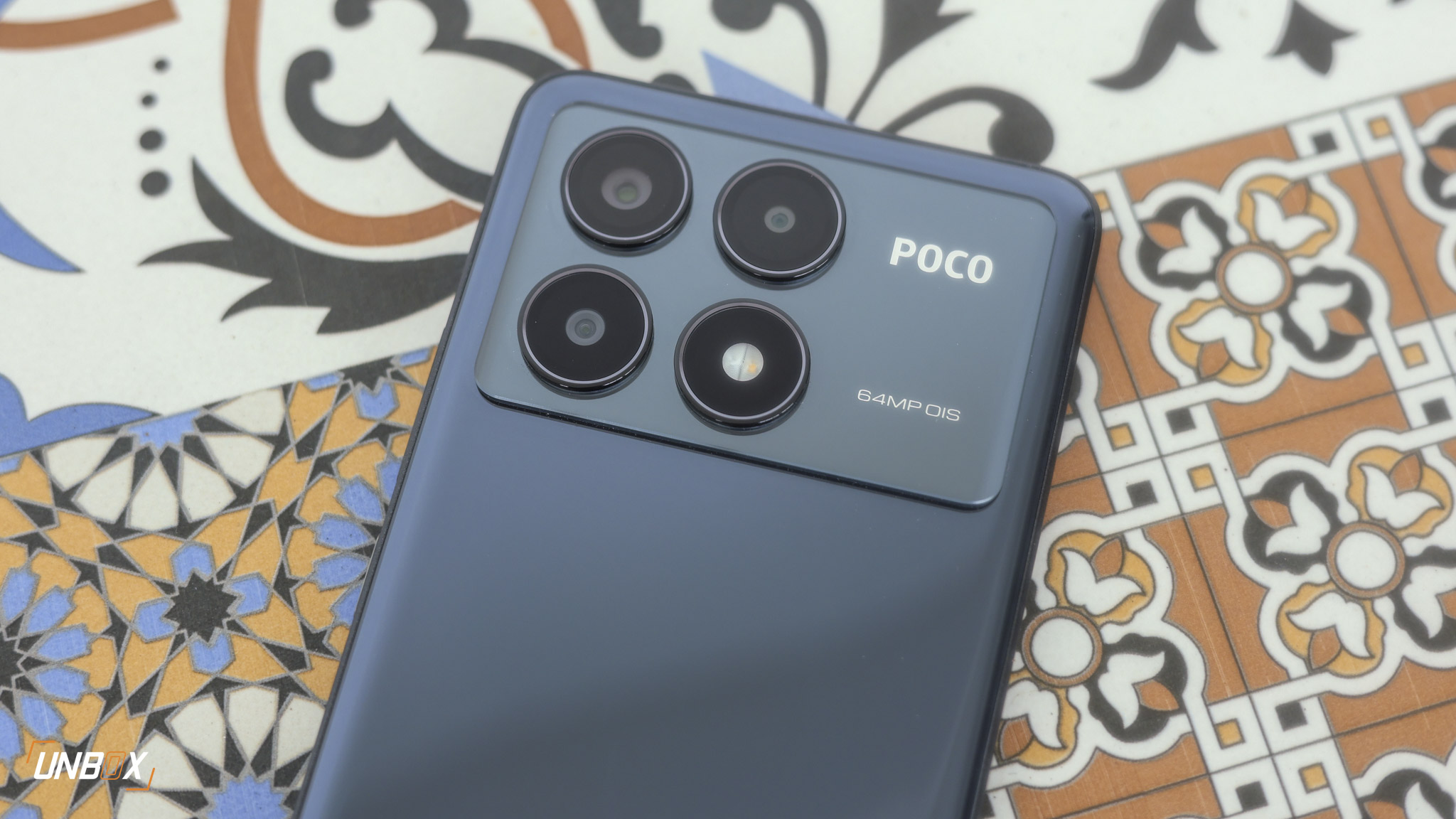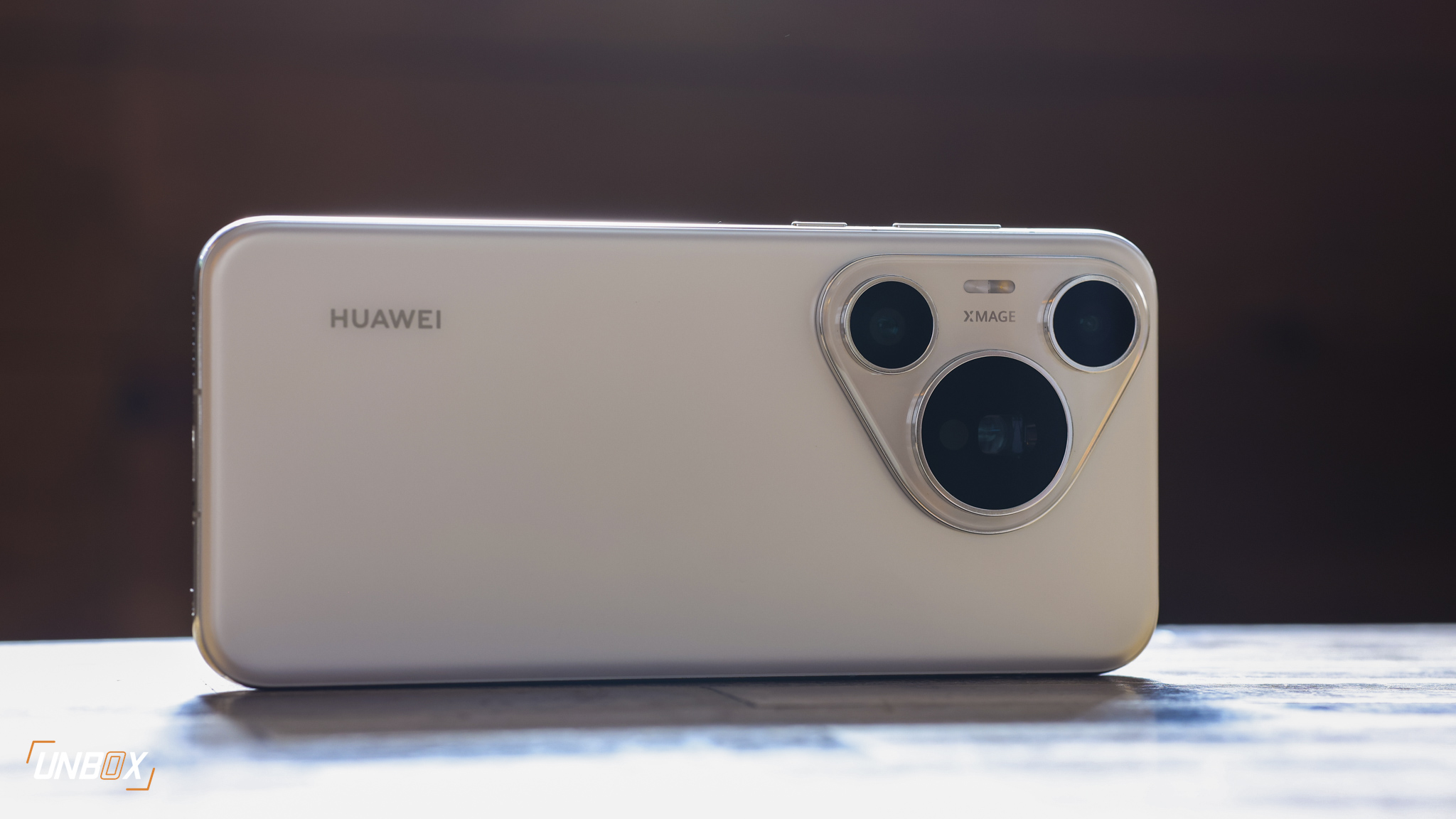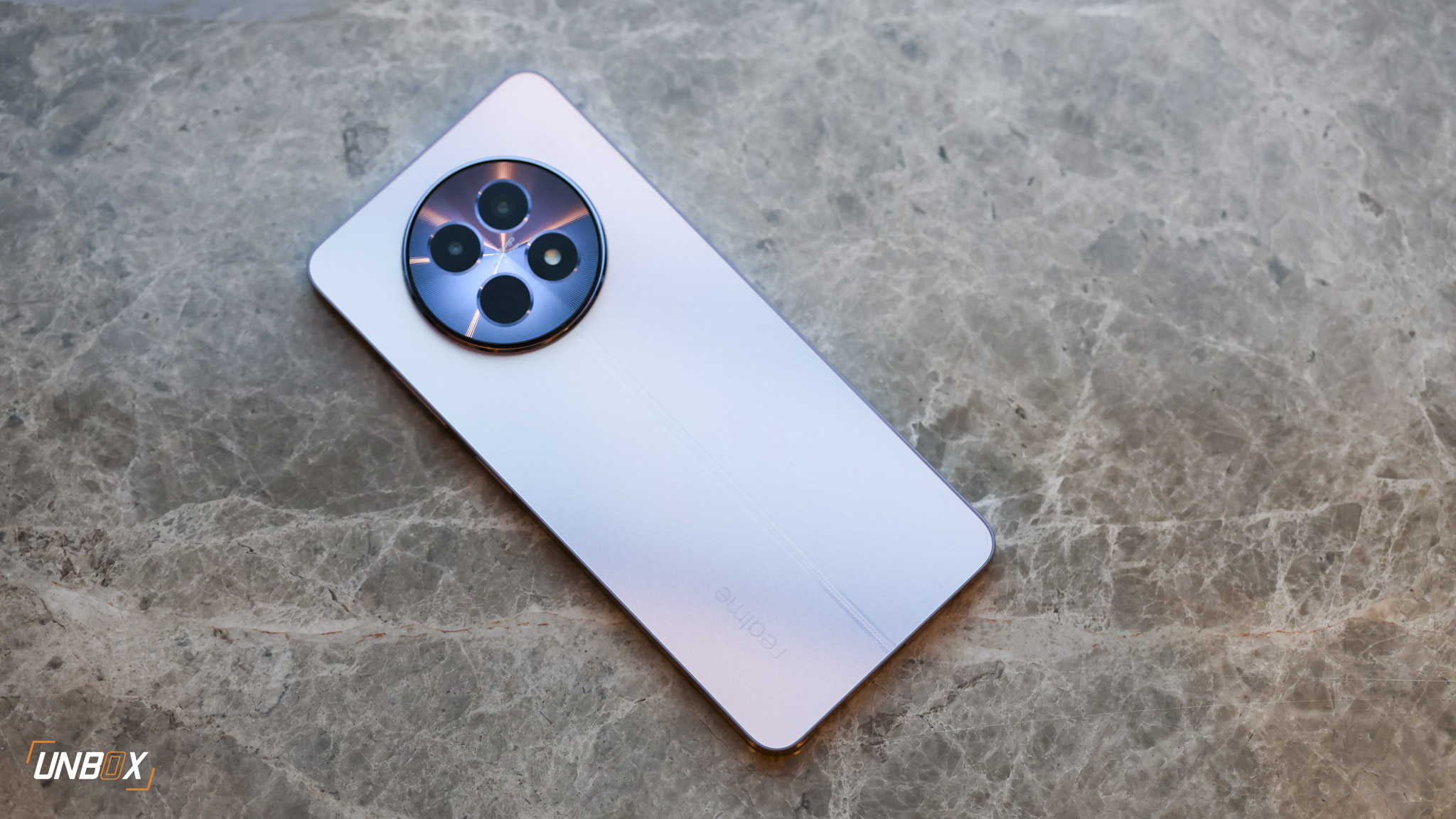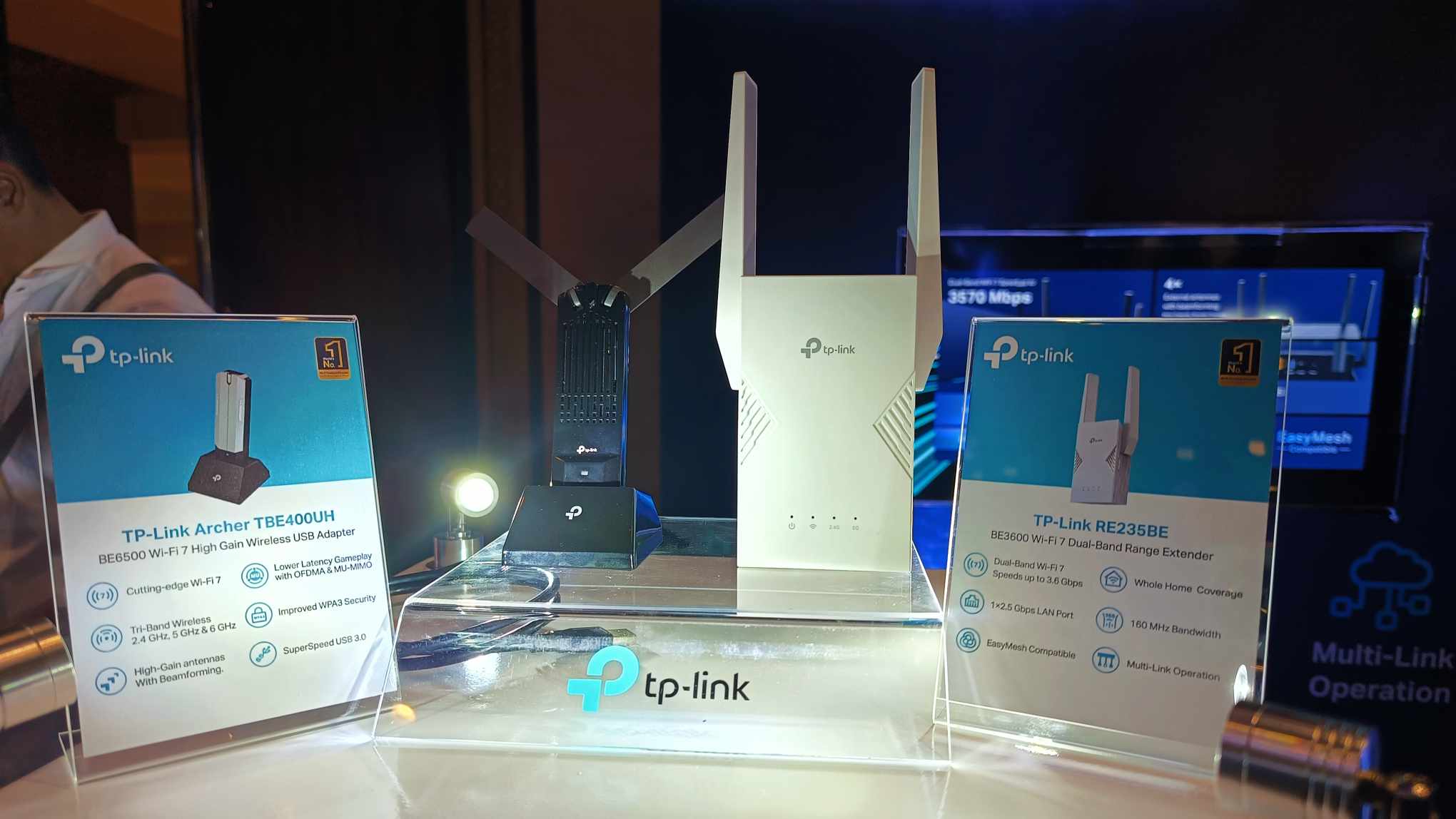Did they make the right decision?
Xiaomi has always stated they were an e-commerce company first and phone manufacturer second when Unbox talked to their VP of Global, Hugo Barra. But the times, they are a changin’ – back in May the company announced that they would be moving to offline sales in India, a move that was mirrored here in the Philippines only recently.
The move to offline sales was officially completed this weekend, and now Filipinos can now avail of Xiaomi products in hundreds of physical stores in the Philippines. Here’s the official statement of Xiaomi’s General Manager Steve Vickers, for the move:
“Mi fans in the Philippines have asked for more ways to purchase Mi products, and we’ve listened. In addition to our main online sales channel, we’re excited to offer offline sales as an option. Mi fans will also benefit from being able to try out our latest products at experience zones located in certain stores, before making a decision and buying them on the spot.”
While that’s Xiaomi’s official stance, we can’t help but feel that Xiaomi’s online-only availability was part of the issue. Many Filipinos are still paranoid about the security in purchasing products online. We’ve spoken to other brands in the past which had both an online and physical retail store presence, and they’ve told us that they sell more products on physical shops compared to online, even when online prices were substantially cheaper.

There are good things and bad things for this move. On the plus side, Xiaomi will be gaining better visibility. As much as we love Xiaomi, they’re not as widely known as other international brands, since the company does not primarily rely on advertising and active marketing and instead relies on word of mouth to get their name out there. With a physical presence, buyers that were hesitant on picking up Xiaomi products because they’ve never seen or held one can now do so. Another plus with a physical presence is that buyers will now be more confident in buying Xiaomi accessories in (accredited) physical stores with the knowledge that those accessories will be legit and not counterfeit products that have been circulating in the market.
One possible negative aspect of this move is the fact that all those newly appointed resellers and distributors have so many items in their roster that Xiaomi’s products will be crowded with all the other brands that they carry. It might not surprise many readers that shelf space for shops that sell many mobile products are hotly contested by brands. Brands that are willing to offer discounts and freebies to both resellers and distributors for bigger and better shelf space (and thus, better visibility).

Another possible negative impact is pricing – while Xiaomi’s PR arm assured us that the prices of the current lineup will remain the same, that’s still no guarantee in the future that the prices of their future products won’t increase relative to prices in other countries. Before moving offline, Xiaomi’s prices here in the PH were already slightly higher than other territories: the Redmi 2 for example, is being sold here for Php 5,999. In China, it’s priced at 699 RMB (around 5000 Pesos), in Hong Kong 899 HKD (around 5100 Pesos) and Taiwan 3799 NT (around 5500 Pesos). With greater costs related to warehousing, dealer and reseller margins plus transportation costs to far-flung provinces, we wouldn’t be surprised if Xiaomi adjusted their prices accordingly (which already happened with their Piston Headphones).

One possible solution for Xiaomi is to have their own concept store, carrying nothing but Xiaomi products. While they already have something kinda like that in the form of their San Juan service center (where all of their latest products are on display) what they need are more stores like that. Another possible way for Xiaomi to boost sales is to bring more products into the Philippines. Nearby territories are already enjoying the Mi 4i, Mi 4 and countless other accessories compared to the rather slim selection in the Philippines. Maybe if Xiaomi brought in more products (and not rely on the sales of year-old devices) then Filipino techies may start chanting Xiaomi’s battle cry once again.
What do you think of Xiaomi’s move to offline sales? Will this help them or hurt them? Let us know in the comments below.



